Explanation
Its deep valleys and unique mountain formations are what make Jirisan Mountain truly spectacular. It consists of numerous peaks, and is known to be well-preserved and clean. Ten Scenic Views of Jirisan Mountain are particular memorable and simply breathtaking.
Perhaps Jirisan Mountain’s most signature highlight is its incredible sunrise; the scarlet sunlight from the horizon in the east is spectacular, and arguably the best place to watch it in Korea. The second highlight is Piagol Autumn Leaves. At the village, walk 10 minutes further towards Piagol and you will come to a pine forest at the edge of Jeollanam-do and Gyeongsangnam-do. It is called Piagol, the best broad-leaved tree forest in Jirisan Mountain area. The autumnal colors of Piagol are some of the best in the world. Every year the Autumn Leaves Festival is held here. The third notable highlight is the Nogodan Sea of Clouds. Located to the west of Jirisan Mountain, Nogodan Peak is said to boast the most outstanding views of Jirisan Mountain. If you climb up to the peak following the Hwaeomsa Valley, at times the sea of clouds are visible from below the peak. The fourth selected highlight is Banyabong’s Sunset. Banyabong Peak is a huge dome shaped feature. One of the big joys of climbing Banyabong is to see the sunset. The fifth notable feature is the full moon; the beautiful scarlet sky together with the black mountain line produce an exquisite painted background to the rising of the moon. The sixth highlight is the royal azalea blossoming between the rocks. In the spring, the royal azaleas blanket the mountain. There is a field that extends 1,200 meters in the southern area of Jirisan Mountain covered with flowers known as Royal Azalea Plateau. The seventh feature is the deep waterfall between the peaks of Cheonghakbong and Baekhakbong. The 60-meter waterfall produces a tremendous sound. The eighth is the vast view of the mountain range towards Cheonwangbong Peak. The ninth feature is the Chilseongyegok Valley. With its roots in Cheonwonbong Peak, it is one of our nation’s three best valleys. According to legend, seven gods are said to be living in Chilseongyegok Valley. Finally, the tenth most scenic feature is Seomjincheongryu. Flowing southwesterly across Jirisan Mountain and into the south coast, the Seomjingang River is so clear that it is sometimes compared to blue silk. The white sandy beaches on either side of the river are also very beautiful.
Inquiry
+82-55-970-1000
Homepage
Information Use
Years experience : Open to visitors of all ages
Contact and Information : • 1330 Travel Hotline: +82-2-1330
(Korean, English, Japanese, Chinese)
• For more info: +82-55-970-1000,
+82-61-780-8900
Parking facilities : Available
Day off : N/A (Open all year round)
More information
Restrooms
Available
Available Facilities
Shelter, campground, visitors' center
Location
Sandong-myeon, Gurye-gun, Jeollanam-do/ Namwon-si, Jeonbuk-do/ Hadong-gun& Hamnyang-gun& Sancheong-gun, Gyeongsangnam-do
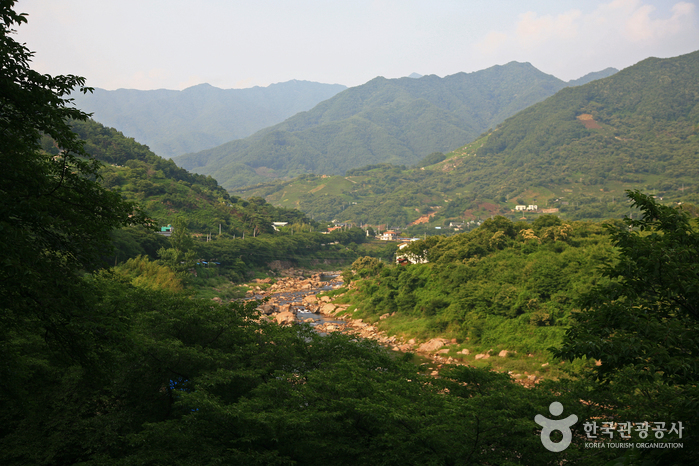
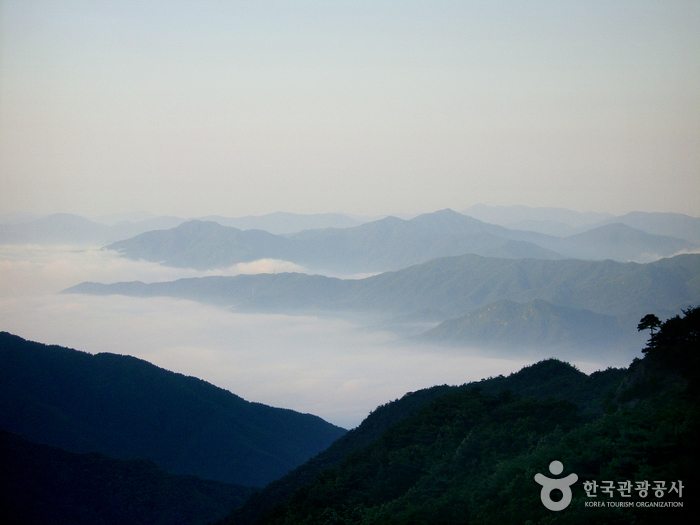
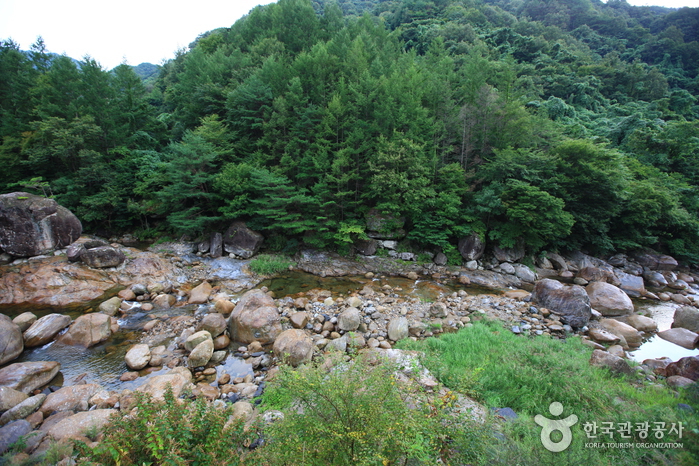
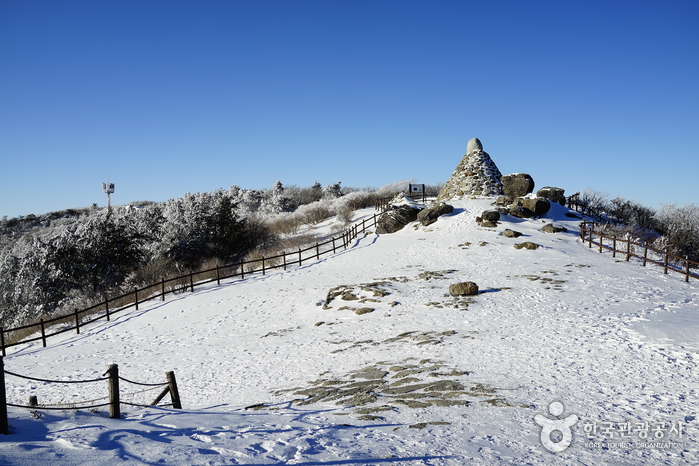
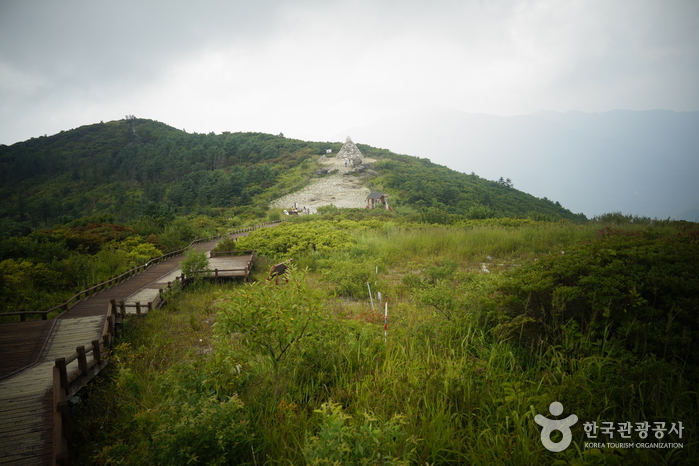

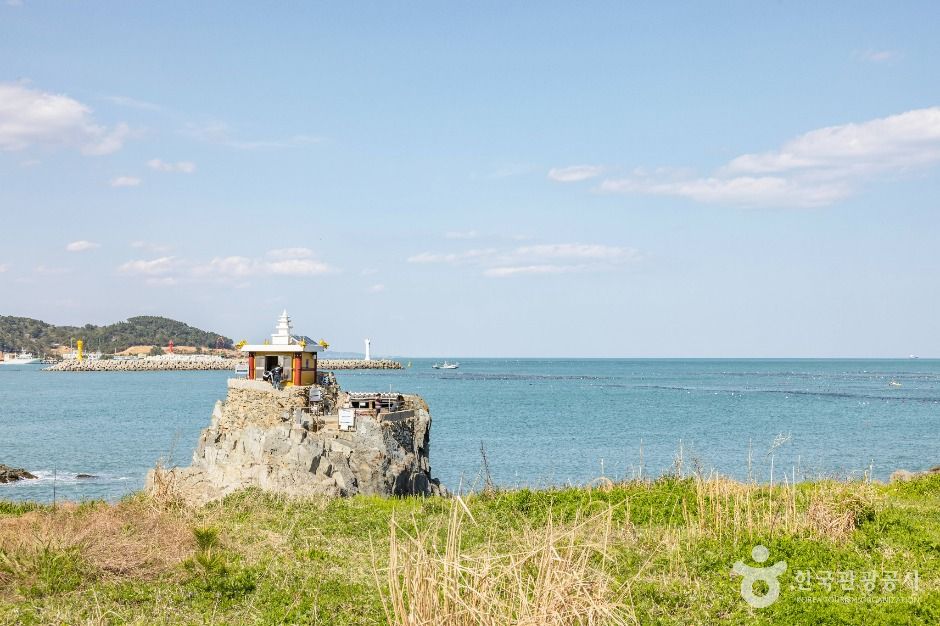
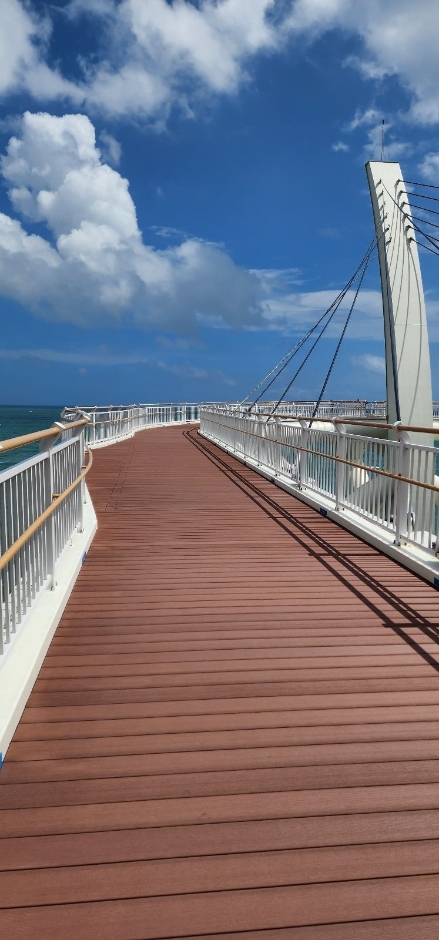
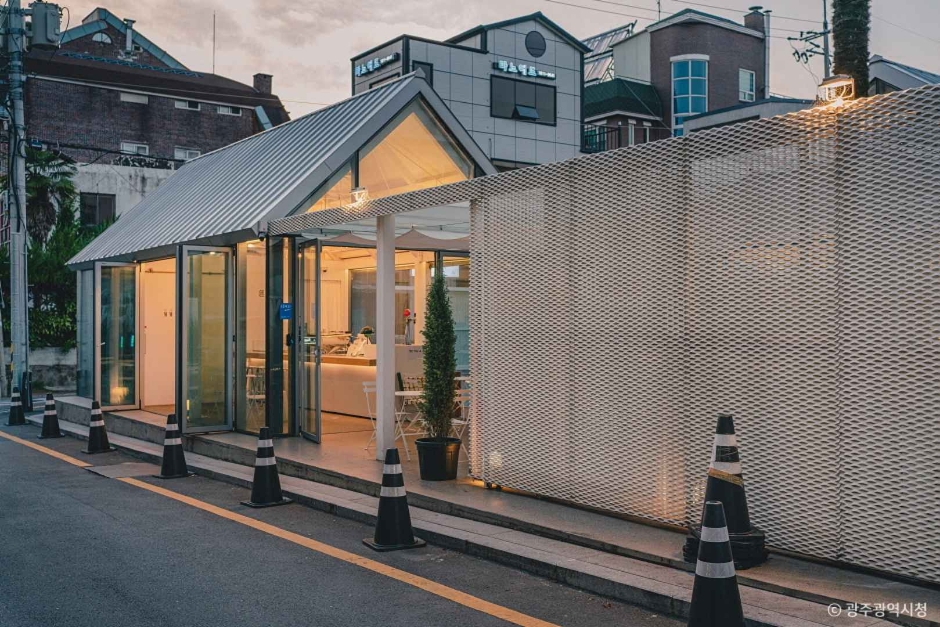
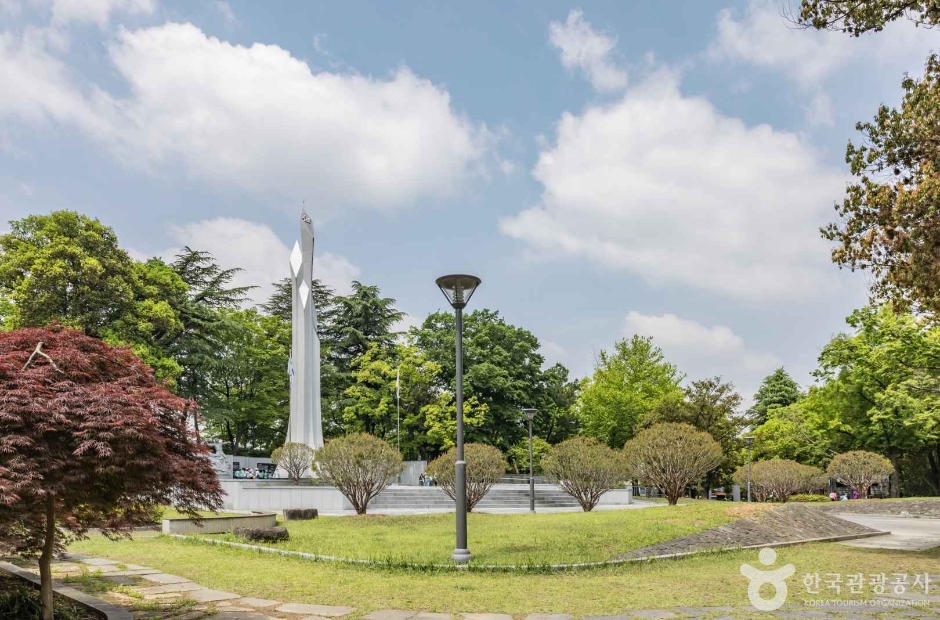
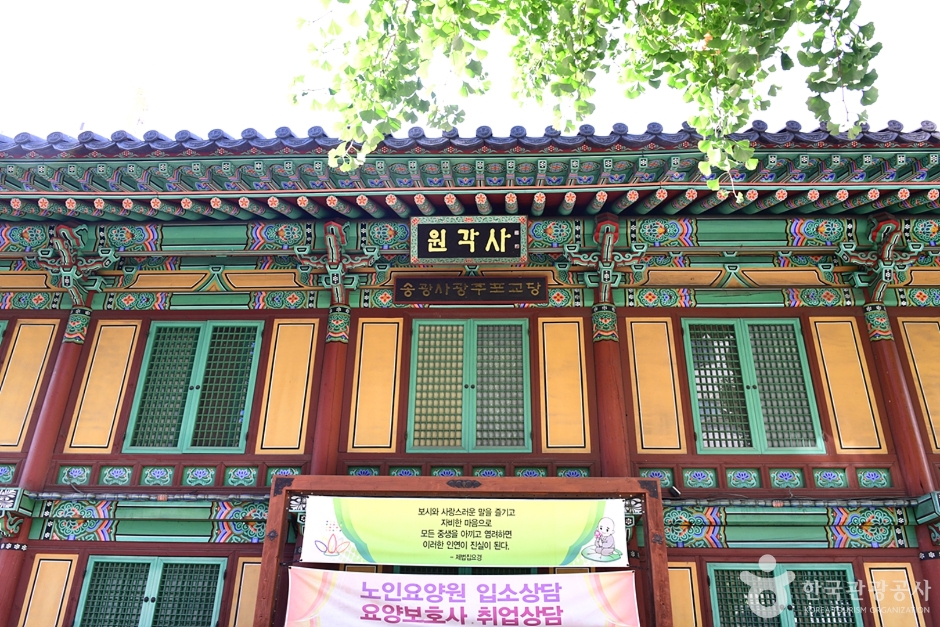


 English
English
 한국어
한국어 日本語
日本語 中文(简体)
中文(简体) Deutsch
Deutsch Français
Français Español
Español Русский
Русский